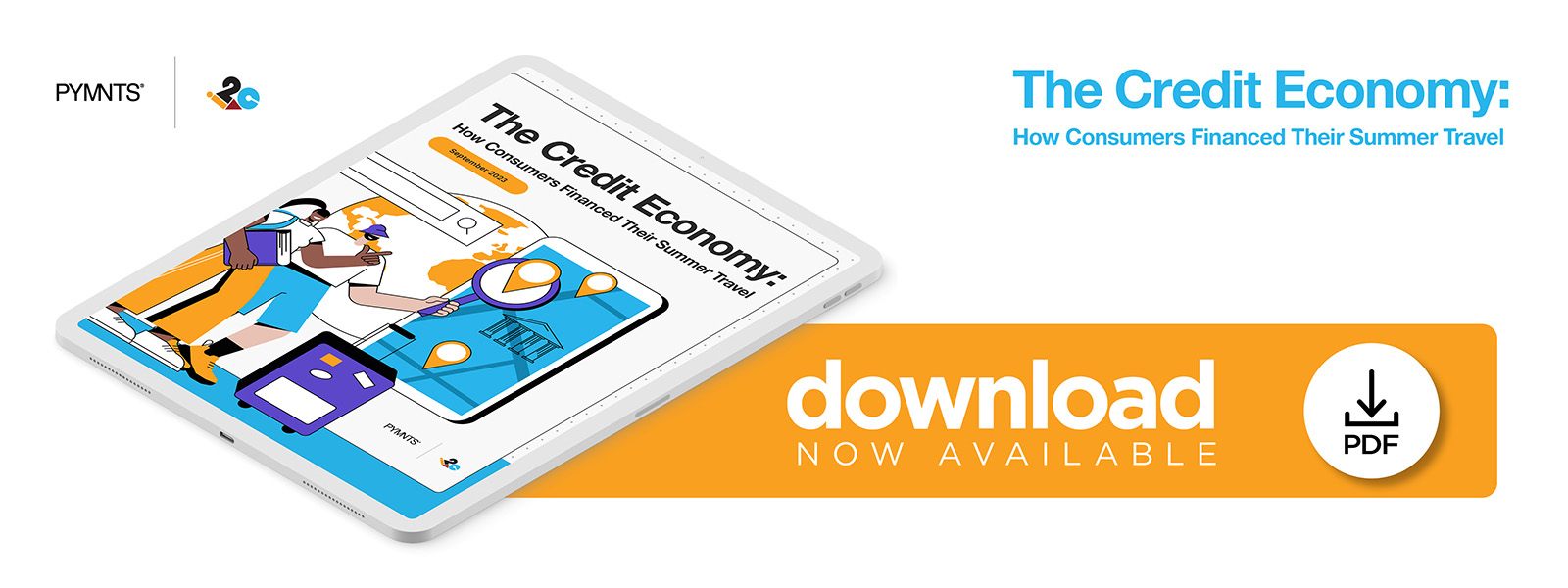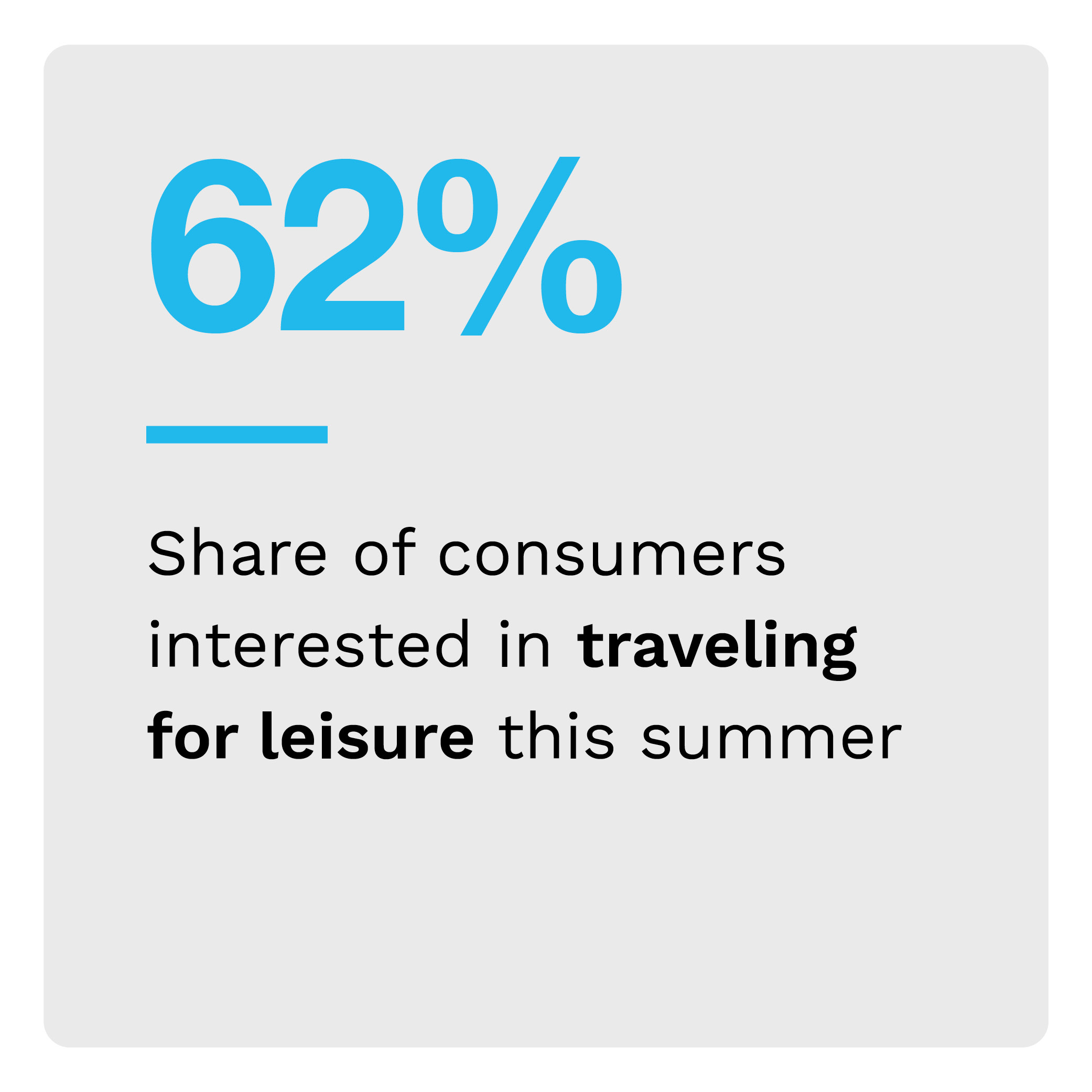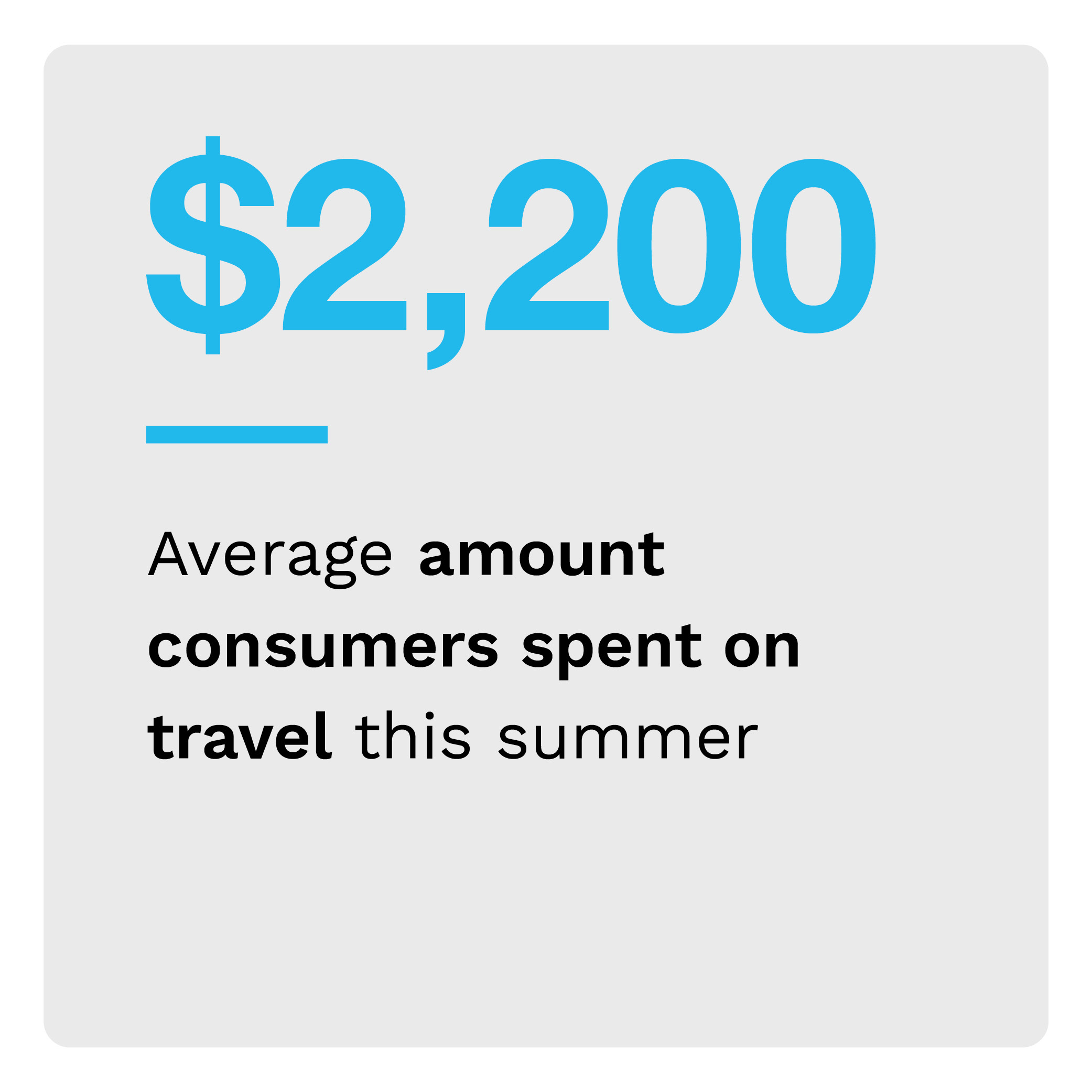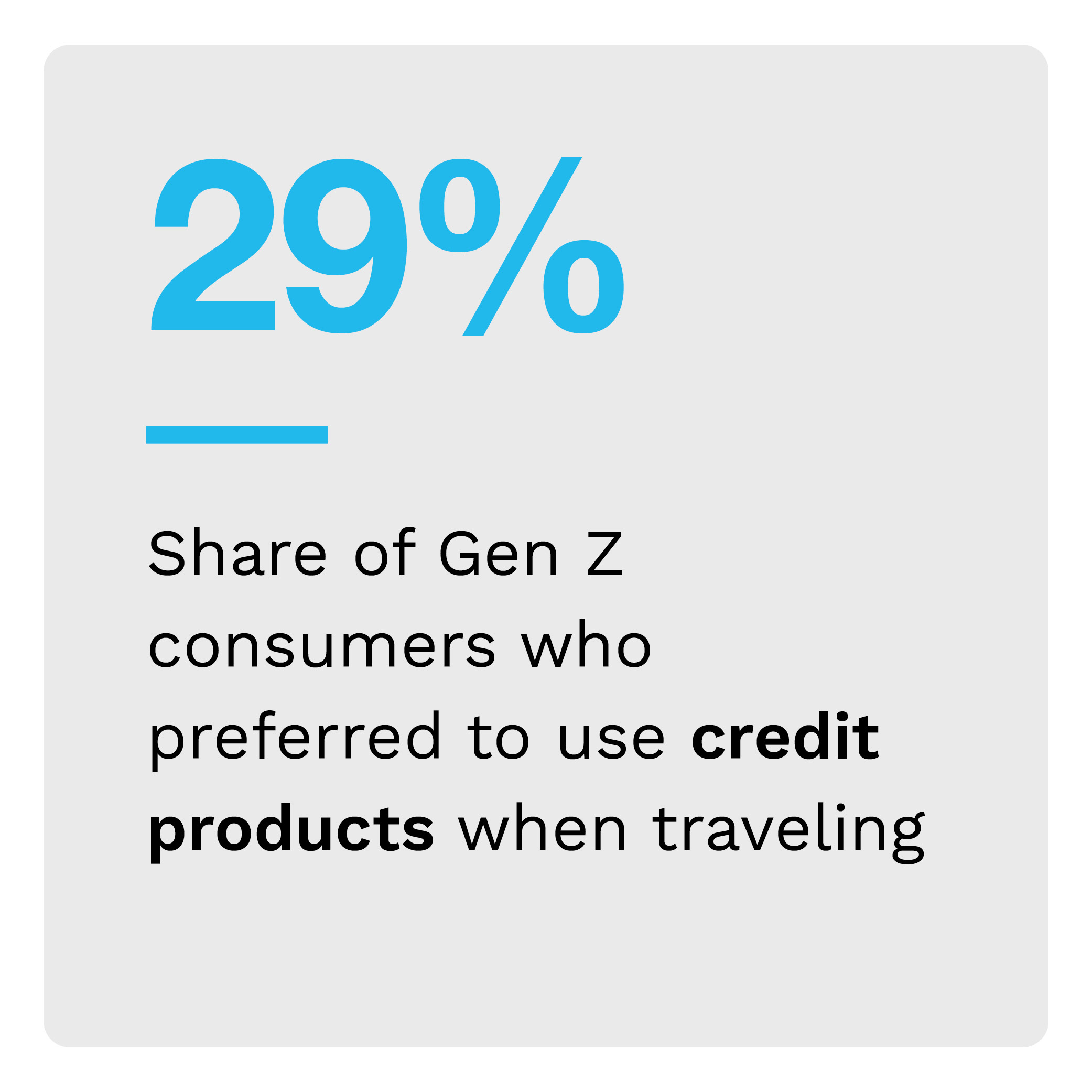Two-Thirds of Consumers Charged Summer Travel on Their Credit Cards
 Travel rose this summer despite ongoing economic uncertainty and inflationary pressures. PYMNTS’ data finds that consumers planned to travel just as much or more this summer than last, and personal finance considerations strongly shaped these decisions.
Travel rose this summer despite ongoing economic uncertainty and inflationary pressures. PYMNTS’ data finds that consumers planned to travel just as much or more this summer than last, and personal finance considerations strongly shaped these decisions.
 Our data also shows that credit cards remained the most popular credit product used to pay for leisure travel. However, younger consumers were more likely to opt for other credit products, such as buy now, pay later (BNPL), than other generations. Thirty percent of millennials and 29% of Generation Z used or anticipated using BNPL to pay for their summer travel, compared to just 5% of baby boomers and seniors.
Our data also shows that credit cards remained the most popular credit product used to pay for leisure travel. However, younger consumers were more likely to opt for other credit products, such as buy now, pay later (BNPL), than other generations. Thirty percent of millennials and 29% of Generation Z used or anticipated using BNPL to pay for their summer travel, compared to just 5% of baby boomers and seniors.
These are some of the findings detailed in “The Credit Economy: How Consumers Financed Their Summer Travel,” a PYMNTS and i2c collaboration. This study examines consumer behaviors and attitudes related to summer travel spending. We surveyed 3,389 consumers between June 26 and June 30 to explore what drove their interest in using credit cards and BNPL to pay for travel.
More key findings from the study include:
Travel spending is a leading indicator of how consumers feel about their financial health.
We found that 62% of consumers planned to travel this summer, and 30% planned to travel more this summer than last. Consumers who traveled more this summer felt good about their personal finances despite high inflation throughout the past year: 42% cited improved personal finances or increased job security as factors driving this decision.
Consumers spent, on average, $2,200 on summer travel and were more likely to spend on travel than live entertainment or electronics.
One in 4 consumers spent money on leisure travel in the 90 days prior to being surveyed — more than those who spent on consumer electronics and live entertainment and nearly as many as those who spent on healthcare. Among consumers who traveled or planned to do so, roughly 70% spent or anticipated spending less than $2,000, while 11% spent or anticipated spending $5,000 or more.
Travel spending provides a window into consumer credit preferences. Most travelers used credit cards to pay for summer travel.
Two-thirds of consumers who paid for travel used or planned to use credit cards. Planned credit card use increased with annual income but varied by generation, with younger consumers more likely to opt for other credit products. For instance, 76% of baby boomers and seniors used or planned to use a credit card to pay for travel, compared to 53% of Gen Z consumers. Among the consumers who chose not to use credit products to pay for travel, debit cards and cash were popular alternatives.
The availability of multiple ways to pay for leisure travel could make it more accessible to consumers in all income brackets and age groups. Download the report to learn more about how consumers paid for summer travel.

